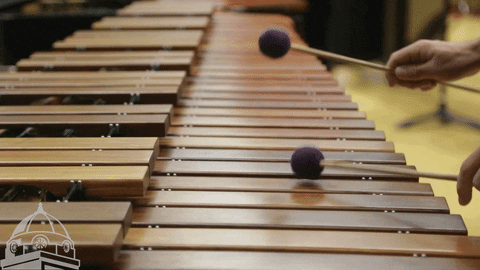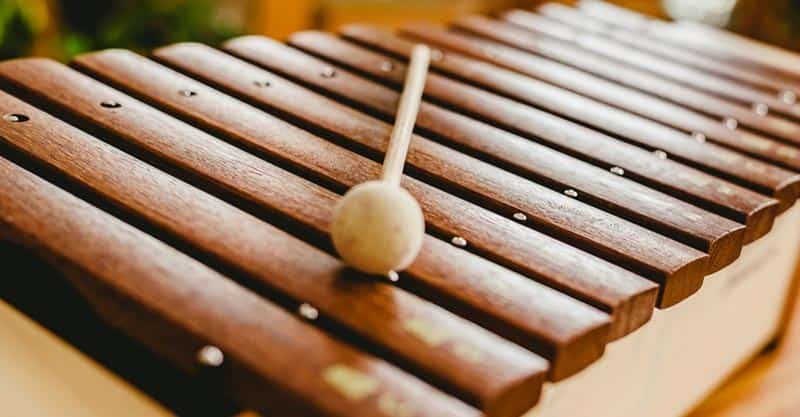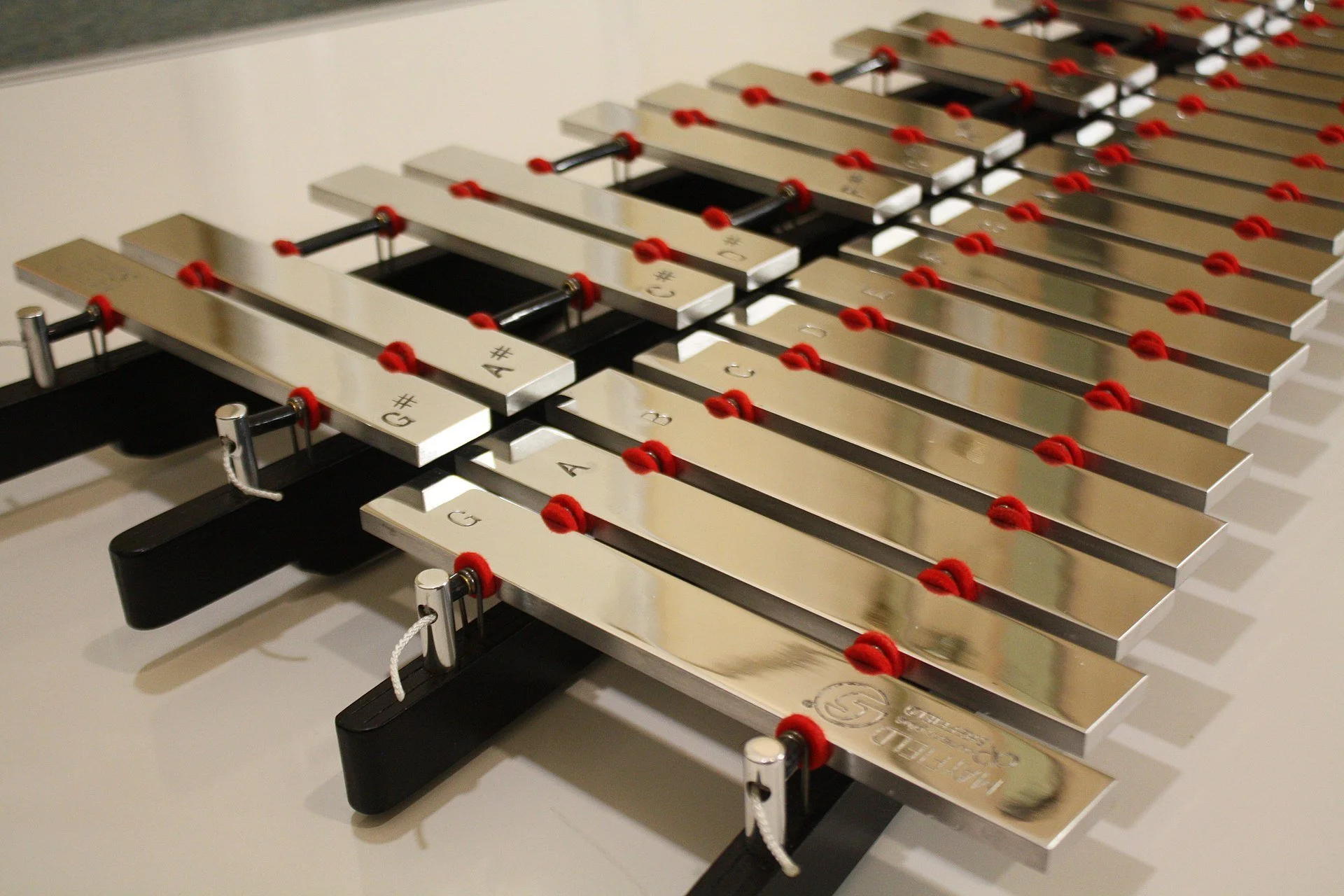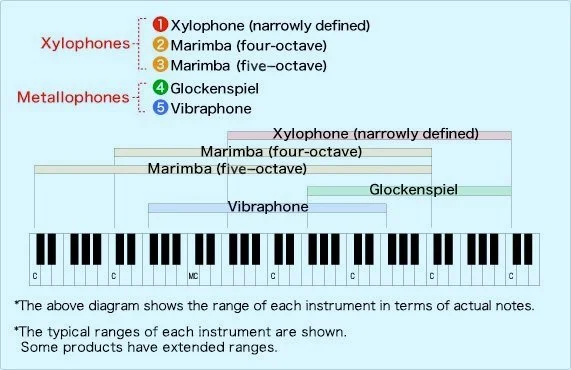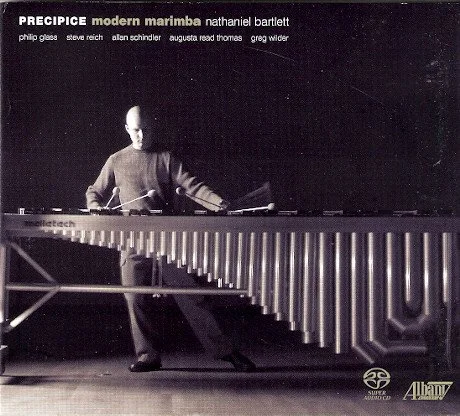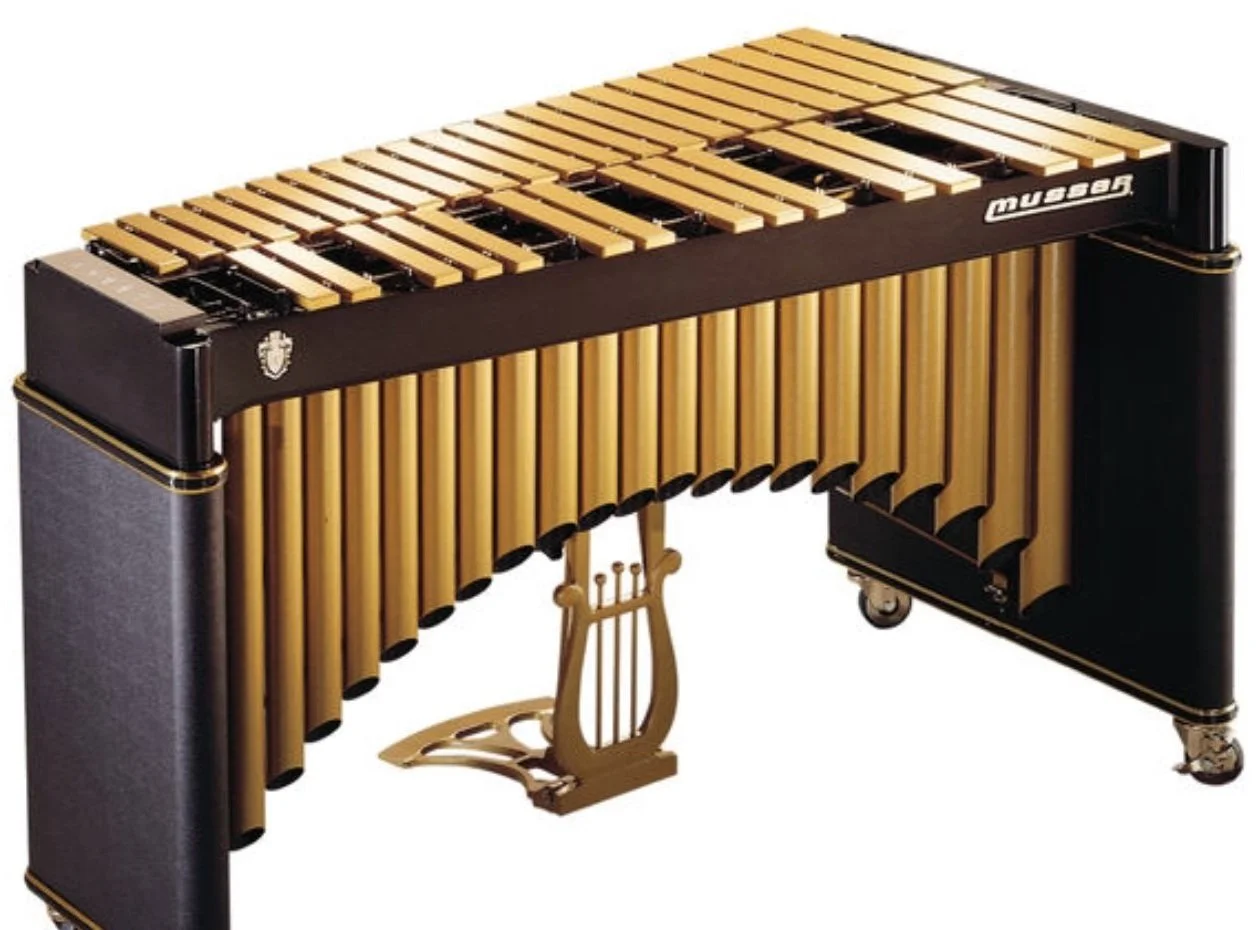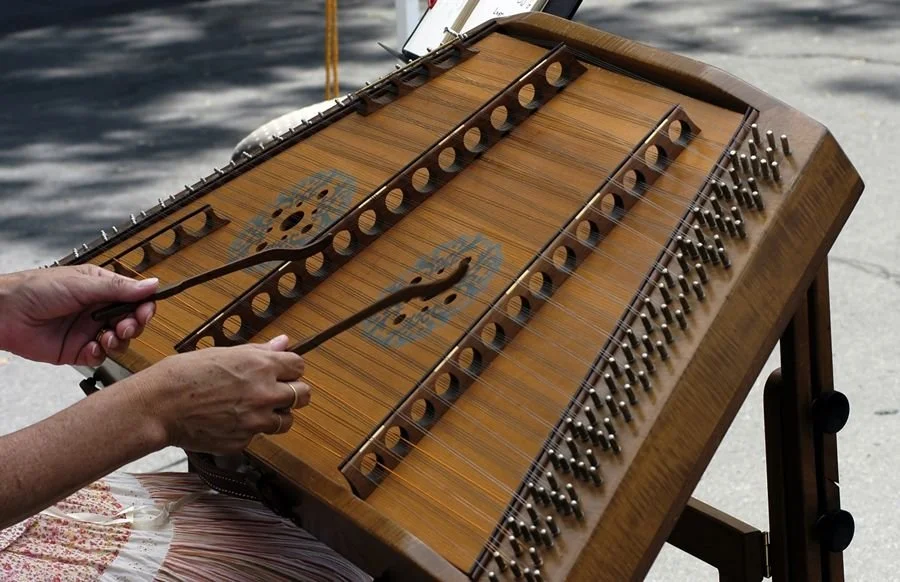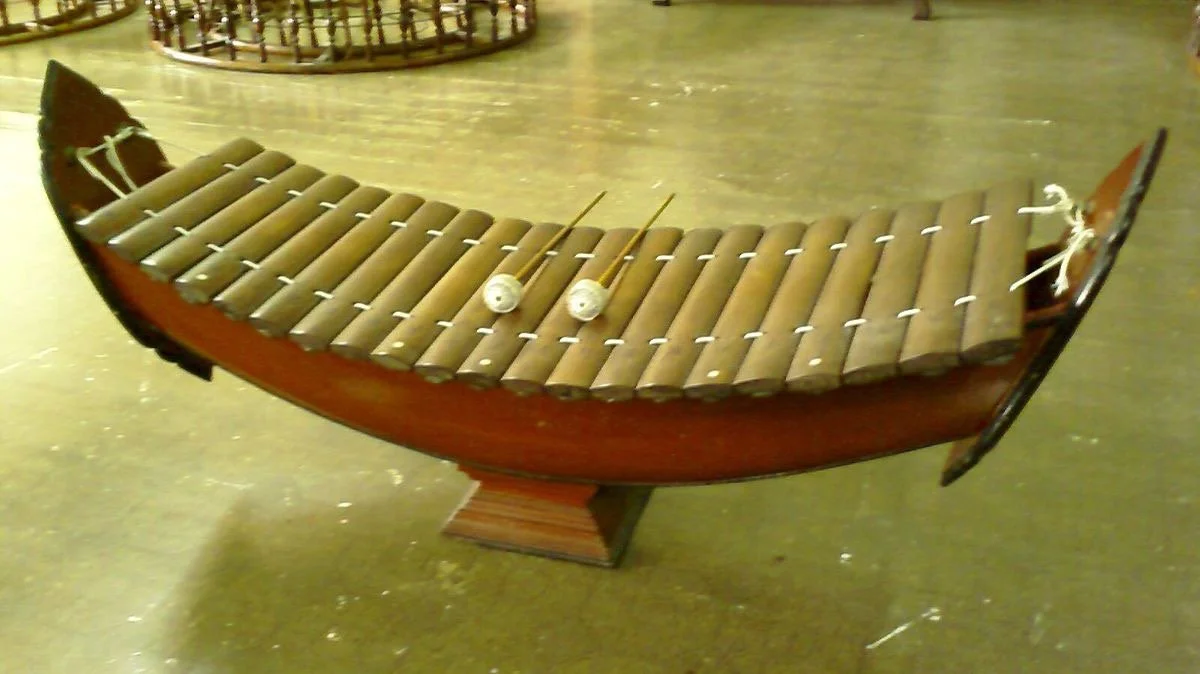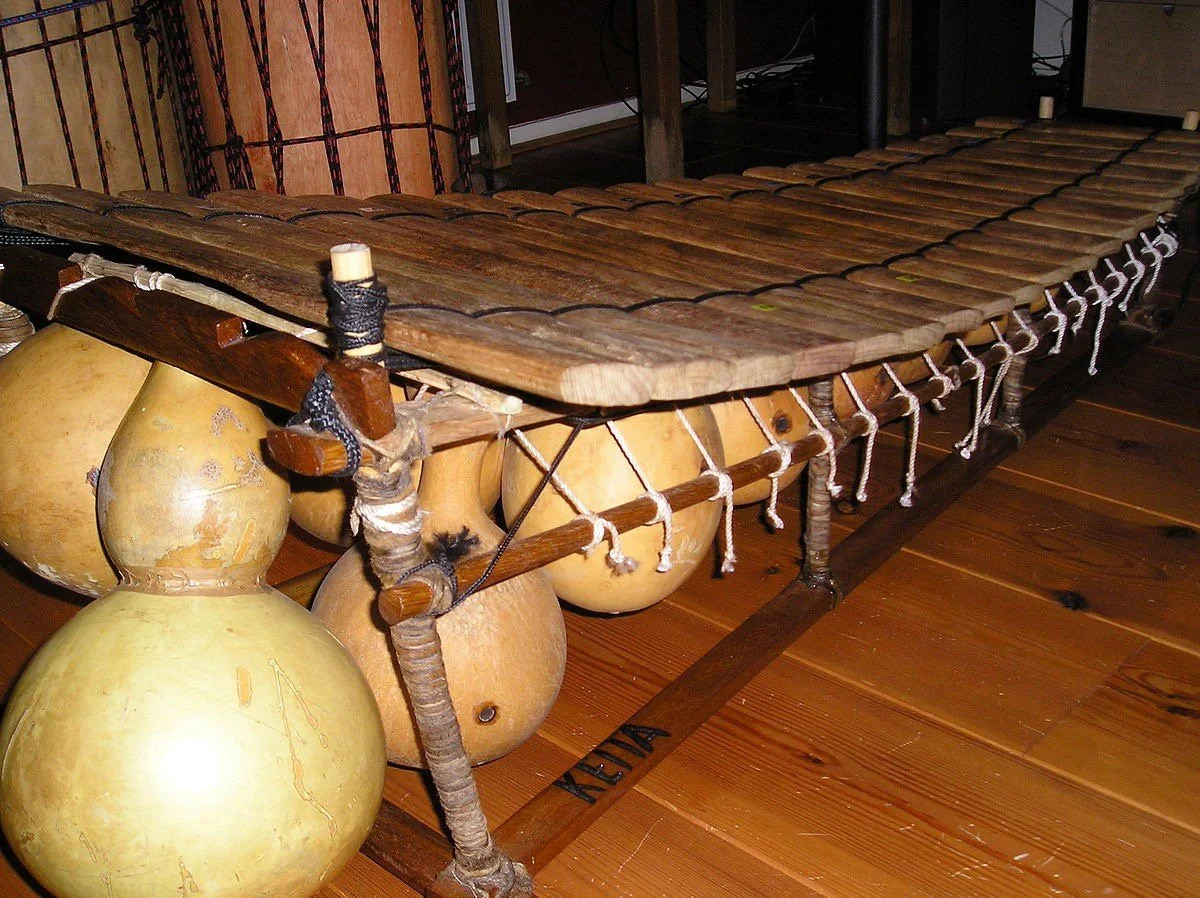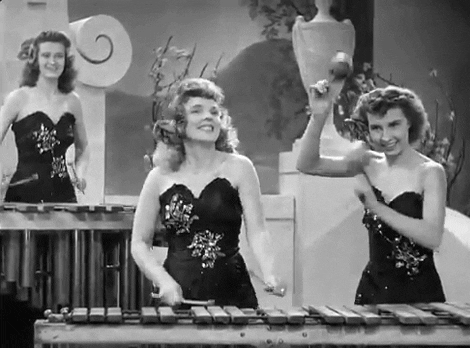By The Landlord
Hello Song Bar punters. It's hammer time! No, not he of the voluminously pantalooned and sparkly attire, that enthused, energetically early 90s jumping master of ceremonies who advises not to touch this, because we most definitely can, and we can do a lot lot more – we can bang them, smash them, crash them, speedily and deftly tinker across them or just gently brush, and the result is a whole load of hits. So what strikes you about it?
This, of course, is a music-based, not lyrical topic that hits on a colourful, textural, aural range, but has certain parameters, in that they need to be played by hand directly with hammers or mallets, but not drumsticks.
So that excludes indirect key mechanisms that control pianos or harpsichords, nor drums or other membrane surfaces as they are usually hit with such, sticks or indeed bare hands. But it does include hammered dulcimers, cimbaloms, xylophones, semantrons, vibraphones, glockenspiels, balafons, marimbas, steel drums and similar, and also synths such as the xylosynth if a mallet is involved. And if a percussive instrument, such as a hang, or gong, or set of bells, is struck by a hammer or mallet rather than a stick, then they are arguably included here in this topic of directly struck idiophones, metallophones and chordophones. How else do they qualify? If they feature prominently in instrumentals or songs, then that'll strike a relevant note, or indeed chord.
And what a variety of sounds and tones and cultures, taking us around the world in genre and style, from jazz, classical and folk and dance music, integrated into pop and much more, from Africa and Europe all across to Asia and the Americas, from balafon to the xylorima, from super-fast, sharp staccatos to reverberant bongs, as well as a whole range of pitches.
There's a vast range of instruments variously using wood and metal as the hitting surface, and as a topic introduction, there's really only time to touch on this briefly with a light brush of the mallet. The xylophone and glockenspiel are probably most familiar, and the latter often comes a plinky-plonky child's toy that is fun and easy to hit and even make a tune, and also to annoy the hell out of anyone within earshot. But played by a skilled professional, often with two or more mallets in each hand, the effect can be as beautiful, slow and mesmeric or fast and furious as anything on the piano or guitar.
Mayfield glockenspiel
Both these two are arranged in a similar way to a piano keyboard, and also tuned chromatically (though other tunings are available) but the key difference is that the xylophone is made of wood and the glockenspiel has metal bars. The latter has old roots in Europe, and in German it means "playing the bell", with carillon an alternative name, and has featured in centuries of classical music.
Aside from its wooden and obvious timbre difference, the xylophone has even older origins, particularly Africa, and comes in many different forms, and while modern versions use rosewood, padauk, or various synthetic materials such as fiberglass or fibreglass-reinforced plastic, there are many naturally grown variants around the world. Another glockenspiel has a smaller, high range, while the concert xylophone, and especially its 5-octave cousin, the xylorimba, utilised by composers from Pierre Boulez to Olivier Messiaen, covers a wider and deeper pitch range. Here's an overview of their pitches alongside some other instruments.
An approximate range, but there are many variants
The wide-ranging marimba, coming in various sizes, and also with many ancient origins, is another wooden bar idiophone, with a key difference of amplification from wooden or metal resonators or pipes suspended below the playing area.
African engraving shows the marimba as an instrument with a long history
A portable marima on the the streets of New Orleans
Nathaniel Bartlett’s Modern Marimba
The vibraphone, meanwhile, played by a vibraphonist, vibraharpist, or vibist, and best known for jazz with players such as Lionel Hampton or Roy Ayers, has metal bars also hit by soft mallets, but soups up the amplification a stage further as each bar is suspended over a resonator tube with motor-driven butterfly valve at the top, giving it a vibrato or tremolo effect, as well as a foot pedal to change the vibration length.
Vibraphone
But to get a sense of the various sounds generated, is a general, and useful, if rather forma guide presented by Jason Arkis of the Minnesotta Orchestra:
But here also are a few other instruments that might inspire inspiration, coming in a variety of sounds,
The sweet sounding hammered dulcimer, played far and wide from China to eastern Europe and Scandinavia
Ranat Ek, which is a Thailand wooden idiophone
The balafon is a gourd-resonated xylophone, popular across West Africa, but particularly Mandé, Senoufo and Gur cultures
Xylosynths count if hit by hammers or mallets
Gamelan players. Struck withe mallets the meditative gongs of different pitches are are associated with the Javanese, Sundanese, and Balinese peoples of Indonesia
There are myriad sub-genres, and this topic is very much one to explore and learn as much as share existing knowledge. There’s even opportunity for some more leftfield examples. This one, I think wouldn’t count as the sound isn’t the most prominent part of the song, but on tour with the unstoppable Jon Spencer, he of the Blues Explosion, but here with The Hitmakers, former Sonic Youth drummer Bob Bert, here on the left accompanies the band on junkyard percussion, banging with gloved hands and hammers the dented heck out of what looks like an old car chassis. Classic industrial sound. He’s certainly got the hits.
So then, it’s time to see what strikes you, and feel the vibes on this niche, but also very wide-ranging and international topic. I’m delighted to welcome back to the chair chief big hitter, the deft and deeply knowledgeable Nilpferd! Place your various music and songs in comments below before the bell is struck with a hammer on Monday at 11pm UK time GMT, for playlists published next week. I look forward to the great range of results. Above all it’s all about hitting on the right sounds, finding the good vibes and a good time.
Good vibes
New to comment? It is quick and easy. You just need to login to Disqus once. All is explained in About/FAQs ...
Fancy a turn behind the pumps at The Song Bar? Care to choose a playlist from songs nominated and write something about it? Then feel free to contact The Song Bar here, or try the usual email address. Also please follow us social media: Song Bar Twitter, Song Bar Facebook. Song Bar YouTube, and Song Bar Instagram. Please subscribe, follow and share.
Song Bar is non-profit and is simply about sharing great music. We don’t do clickbait or advertisements. Please make any donation to help keep the Bar running:

